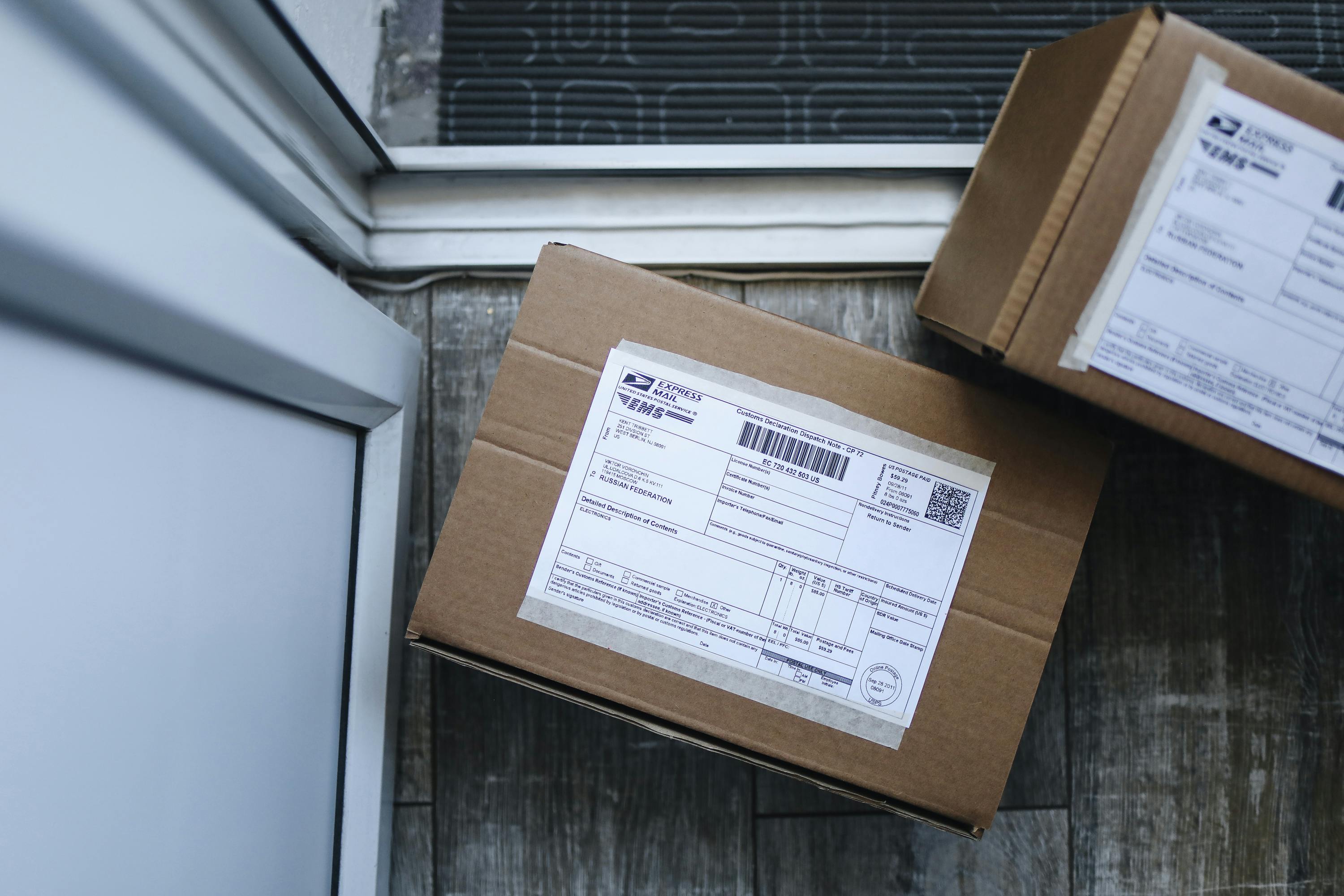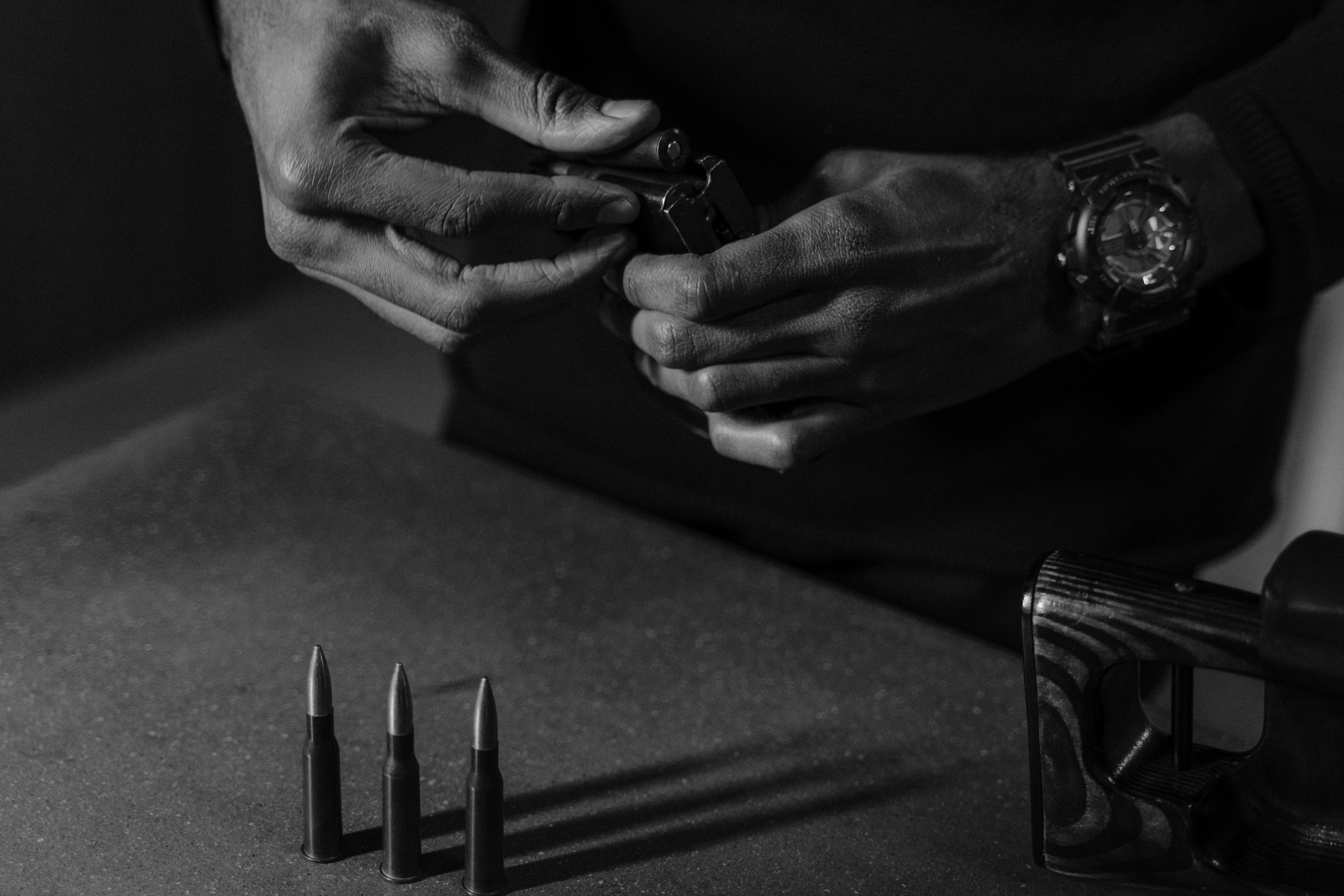Are you unable to throw away a piece of paper because you’re afraid you’ll need the information on it later? Do you have piles of paper on your desk, boxes of magazine articles and brochures in your closet, and stacks of magazines and newspapers stashed away in the corner of your bedroom?
Writers, artists, and other types of creatives especially have a hard time sorting and filing information, in part because having it on hand can provide a creative spark, until you’re so overwhelmed you can’t even access it when you want to. Fortunately, you don’t necessarily need to get rid of all that clutter; you don’t even need to categorize it before archiving it. You just need a good way to quickly and easily store and document it so you can get your hands on it whenever you want.
First, gather some simple materials:
·A variety of standard three-ring binders; 1 inch folders are a good size. If you want to create big categories for your papers, get several colors of folders: green for gardening, blue for crafts, yellow for health information, etc.
Several 8½ x 11-inch clear plastic sleeve boxes, perforated for a three-ring binder
A pack of small white stickers (for page labels)
To think
Labels designed to fit the spine of 3-ring binders
A word processing computer program such as MS Word or WordPerfect
A box of 8½ x 11-inch file folders
Separate magazines and newspapers and put them aside for now. We will work on them later.
Put a label on the spine of each folder and mark it: A, B, C, etc.
Count the plastic sleeves, fifty at a time, and put them in the three-ring binders.
Add a sticker to the bottom corner of each side of each plastic sleeve. Mark the labels with the letter designation for the folder and the page number: A1, A2, etc. You will end up with 100 pages in each folder.
Fire up your computer, grab a handful of paper, and start filing. Label the first sheet of paper A1 in one corner and slide it into the first plastic sleeve.
You are now going to start a continuous index for your documents. Think of some categories for the piece of paper you just filed. Let’s say it’s an article on herbal remedies for colds. Guy:
colds
Health
herbal remedies
Think of as many categories as you can; make sure they make sense to you and be sure to order them alphabetically. Now expand the categories, using your Tab key to indent the subcategories:
- colds
- herbal remedies for colds
- Health
- herbal remedies
- herbal remedies for colds
Now add the page number to the subcategories:
- colds
- herbal remedies for colds, A1
- Health
- herbal remedies, A1
- herbal remedies
- for colds, A1
Keep adding papers to your binder and indexing the pages as you go. You may want to do the above process for each page, then cut and paste the various listings into the alphabetical index:
- baby booties, A2
- clothing
- baby booties, knitted, A2
- craft
- baby booties, knitted, A2
knitting
- baby booties, knitted, A2
patterns
- baby booties, knitted, A2
is created first, then added to the index:
- baby booties, A2
- clothing
- baby booties, knitted, A2
- colds
- herbal remedies for colds, A1
- craft
- baby booties, knitted, A2
- knitting
- baby booties, knitted, A2
- Health
- herbal remedies, A1
- herbal remedies
- for colds, A1
- patterns
- baby booties, knitted, A2
When you’re done, or periodically throughout the project, print out the table of contents and place it in its own labeled folder.
This may seem like a lot of work, but the beauty of it is that you can work through the project bit by bit, and you’ll end up with several folders full of pages of information, plus an index to every sheet of paper you’ve filed. If you need to refer to the paper, say you want to use the baby bootie pattern to knit booties for your new nephew, you can remove the page and know exactly where it goes when it’s time to put it back. This method keeps your documents organized and accessible, but you can also look to them for inspiration whenever you want.
Surely you find yourself with papers that you no longer use; if so, throw them away. You’ll also find items that require a different way of handling them: business cards, addresses and phone numbers, for example, and recipes clipped from magazines. Create a file folder for these categories and drop information into them as needed. Later, you can create another set of folders for recipes, with a separate index; you can add addresses, phone numbers, and business cards to your address book at a later time.
Now for that stack of magazines and newspapers! If you like to keep entire magazines, sort them by title, file them in a magazine holder, and label the magazine holder (NHG1, NHG2, etc., for example, for Natural Homes and Gardens). Go through each journal and index the articles you want to reference; if you keep the magazine, please include the date of the magazine in the list:
straw bale houses, NHG1, January 2005
If you have decided not to keep the journals, extract the articles you want and file them in your regular folders, indexing as usual, then discard what is left of the journal. Do this process for every magazine and newspaper you’ve saved. You can also file and index appliance and computer manuals this way, storing them in magazine racks and indexing them.
You can file an entire magazine article in a single sleeve, or you can file each page in its own separate sleeve. The second method is great if you are in the habit of collecting home decor ideas; that way you can flip through the entire article without removing it from its sleeve.
You will find, as you go through this project, that you tend to collect certain types of information more than others. You may discover, for example, that you have managed to accumulate a whole collection of valuable information on natural remedies that until now was buried under a pile of miscellaneous papers. An added benefit: all of these folders fit perfectly into standard size file boxes [http://www.storetodoor.com/supplies/supplies.html]; so if you have to save or move them, it will be a simple matter. (Don’t forget to label the boxes!)
There is pure gold in those piles of paper stacked around your house! So stop beating yourself up over your packrat tendencies, go with the flow and use these creative organizing techniques to access all the valuable information you’ve collected!




